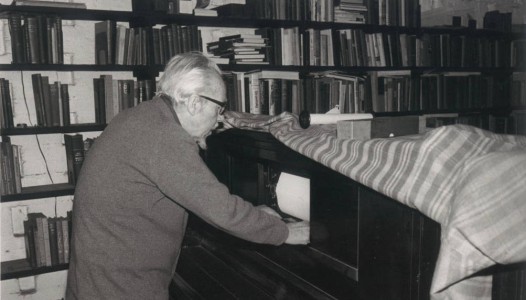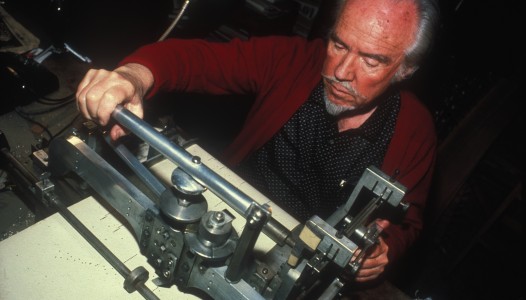The expatriate American experimentalist composer Conlon Nancarrow is increasingly recognized as having one of the most innovative musical minds of this century. His music, almost all written for player piano, is the most rhythmically complex ever written, couched in intricate contrapuntal systems using up to twelve different tempos at the same time. Yet despite its complexity, Nancarrow's music drew its early influence from the jazz pianism of Art Tatum and Earl Hines and from the rhythms of Indian music; Nancarrow's whirlwinds of notes are joyously physical in their energy. Composed in almost complete isolation from 1940, this music has achieved international fame only in the last few years.
Born in 1912, the son of the mayor of Texarkana, Nancarrow fought in the Lincoln Brigade, then fled America to Mexico City to avoid being hounded for his former Communist affiliations. The author traveled to Mexico City to research Nancarrow's music and to discuss it with him. He analyzes sixty-five works, virtually the composer's complete output, and includes a biographical chapter containing much information never before published.
His music has a mathematical beauty and elegance that happily coexists with musical expressiveness and a puckish sense of humor. Nancarrow did not see a clear delineation between the two approaches and he never worried about it. This natural, organic "double-esthetic" is one of his most relevant contribution to 20th century music.


